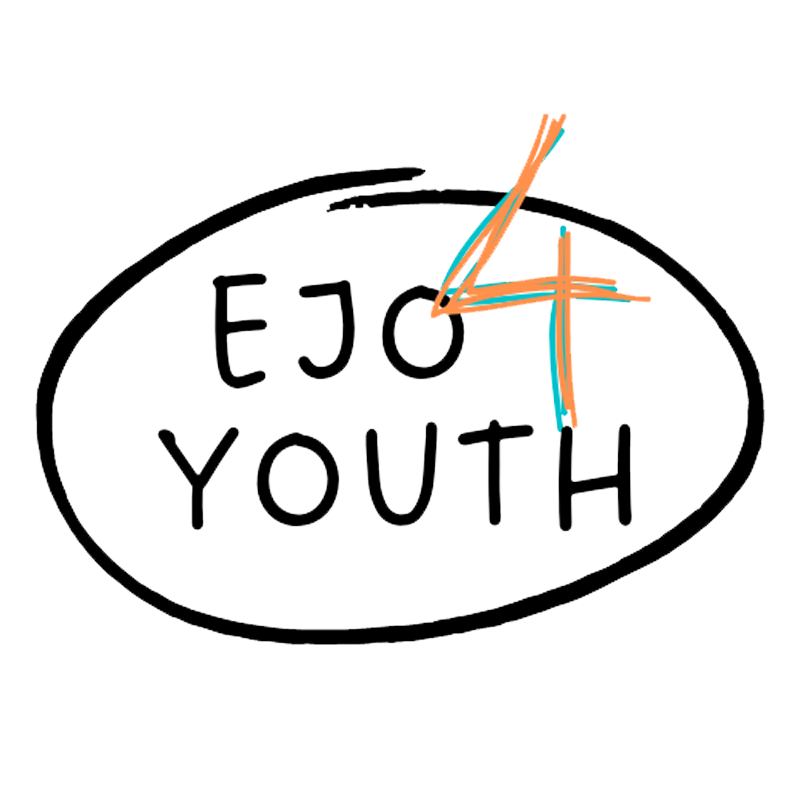SELF-LEARNING
Unit 3 – Resource- / Competences Pathway
Following the use of the Basic Clearing method it may have been identified whether further interventions are suitable. This includes the Resource- and Competences Pathway; Planning Pathways, Islands of Emotions, and Inner Images – which we will look at in the following units.
In this unit, you will learn more about the Resource- and Competences Pathway, its purpose, materials, and application.
Knowledge
Learners know how to
- work efficiently with the intervention “Resource- and Competences Pathway”; and use the materials to guide the client.
- take advantage of the versatility of the materials.
- identify necessary adjustments to the laid down time frame, according to the goal and aim of the client.
Skills
Learners are able to
- independently assist clients in defining their theme, question, goal or aim.
- encourage and help clients to work with the material to structure their plans within the context of time.
- lead clients into thinking about their life situtation and resources at their hand.
- adjust the time frame represented by the materials according to the needs of the client.
Competences
Learners have the competence to
- independently prepare and structure this method and use the materials accordingly for this intervention in order to guide the clients professionally through this process.
- independently adjust and adapt the materials of the method according to the needs and requirements of the client, to allow proper guidance and counselling.
Resource-/ Competences Pathway
The Resource- and Competences Pathway is a method used when the client wants to assess their own potential and assets in life which they can rely on to achieve their set objective for the counselling session. Thus, identifying the strengths of a client and highlighting reliable key aspects useful for achieving their goal.
Find below a list of materials used in the method, as well as a step by step explanation on how it works.
The materials
Symbols
For this method, you will need a set of symbols. We recommend a set of approximately 200 symbols to allow the client to choose more freely and find a good representing symbol for their interpretation. You can refer to the list of possible symbols you received in Unit 1.
Cards representing years
The Pathway cards feature different numbers and colours and can be structured as years or other time frames of the client’s life.
A parking sign and white sheet of paper
The parking is included in the method’s material case. The parking sign, together with the white sheet of paper, represents a space for resources and competences.
Process of counselling with the Resource- and Competences Pathway
- Presentation
- Factual Questions
- Perception
- Interpretation
- Agreement and evaluation
Preparation
First the client chooses a goal they want to work towards and also selects symbols representing that goal. Afterwards they place the symbols for the goal to the respective card.
Beginning from the card representing the goal, they leave a space for future activities and lay out cards symbolising the various years of their life, starting from the current age back to their birth.
Once the cards are arranged, the client chooses symbols to signify special events in their life that shaped them as a person and place them beside the respective cards. Clients are given two questions during this step:
- “Who am I”
- “What am I good at?”
Based on these questions they choose symbols for the years of their lives where they developed personally and acquired a competence or resource.
As the questions are placed on either side of the pathway, symbols are also put beside the respective cards. Symbols for important life events should also be added.
It is important to know that not every card needs a symbol.
Have you completed all the content of this unit? Please take a moment to review. Done? Please proceed to Unit 4.
For any open questions, please consult the Resource tab or contact your course leader.


